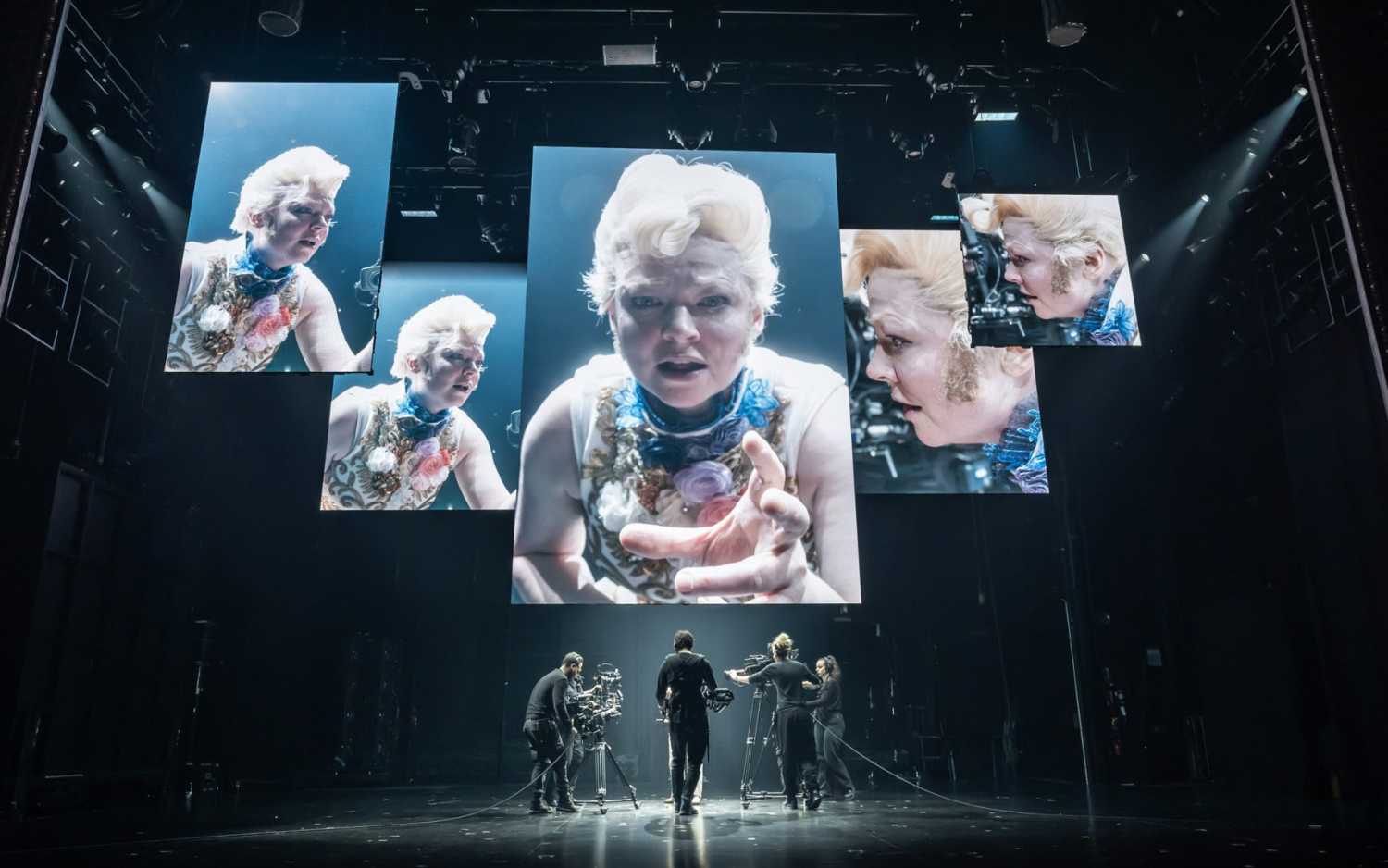White Light goes Wilde with Dorian Gray
- Details

It recently opened at the Theatre Royal Haymarket and stars Sarah Snook, who plays 26 roles. It features a lighting design by Nick Schlieper who approached White Light (WL), a d&b solutions company, to provide the lighting equipment.
Whilst there have been several stage adaptations of The Picture of Dorian Gray over the years, it’s the first time that this version, which premiered four years ago at the Roslyn Packer Theatre in Sydney, has played overseas. Nick, who also lit the original Australian production, explains: “Although I’ve always been familiar with the novel, I haven’t actually seen another stage adaptation, or even any of the film versions of Dorian Gray, so was able to enter our production with a fresh pair of eyes as it were. What I would say though, is that this production is highly unusual in that it’s a real amalgamation of forms.
“It’s neither a piece of theatre which incorporates some video, nor is it a film where you get to simultaneously see the “making of”. What we set out to do was find a true melding of the two forms, where each one serves to heighten and amplify one’s experience of the other. We shift the focus throughout the evening, but the two always exist in a symbiotic balance. Some have described it as ‘Cine-theatre’ - a term I wouldn’t entirely disagree with.”
Nick’s lighting design had to fulfil a specific brief. He comments: “One of my roles is to make the camera images work for the screen, while simultaneously ensuring that the stage images can hold their own. We use up to five cameras at a time, two of these being steadicams, so we’re frequently shooting on the move and often around 360 degrees.
“The challenge is, of course, to find a quality of light that brings the film images into the aesthetic realms of the theatre, while still working for the cameras and looking good on screen. Then there’s the added difficulty of perfectly matching a live image to a pre-recorded one, to the point where the audience can believe that both exist within the same time and space. It’s all quite an intriguing puzzle.”
Nick contacted the Hire team at WL to supply him with his lighting fixtures. He comments: “In terms of moving lights (which do the vast majority of the work here), I originally opted for the MAC Encore CLD’s because they’re very quiet. That said, they were also incredibly useful for the video element, given their consistency of colour, especially in the “shades of grey” spectrum. The Encores do pretty well everything in this show! There are lots of one-off presets where a couple will do a very specific shot, which is usually to do with a particular camera angle, but then in the final scene, they also light the entire stage.”
He adds: “Alongside this, there’s a small number of conventional Source Fours, mostly for the downstage area, a one colour backlight coverage and a handful of my favourite old Revolutions. These are for specific moments of downstage and direct contact with the audience, where I needed some tungsten for skin tones.”
















